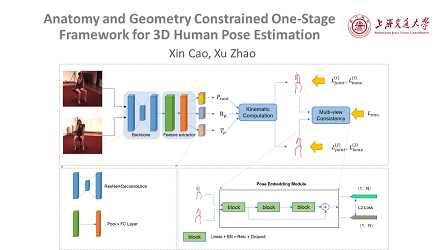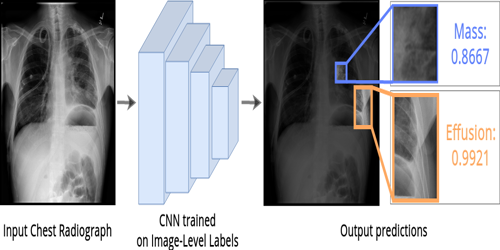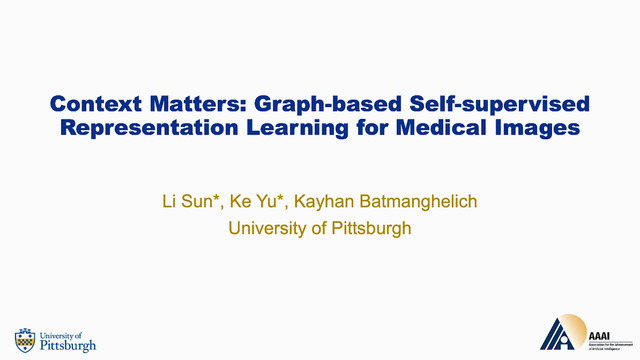Abstract:
Shape models have been used extensively to regularise segmentation of objects of interest in images, e.g. bones in medical x-ray radiographs, given supervised training examples. However, approaches usually adopt simple linear models that do not capture uncertainty and require extensive annotation effort to label a large number of set template landmarks for training. Conversely, supervised deep learning methods have been used on appearance directly (no explicit shape modelling) but these fail to capture detailed features that are clinically important. We present a supervised approach that combines both a non-linear generative shape model and a discriminative appearance-based convolutional neural network whilst quantifying uncertainty and relaxes the need for detailed, template based alignment for the training data. Our Bayesian framework couples the uncertainty from both the generator and the discriminator; our main contribution is the marginalisation of an intractable integral through the use of radial basis function approximations. We illustrate this model on the problem of segmenting bones from Psoriatic Arthritis hand radiographs and demonstrate that we can accurately measure the clinically important joint space gap between neighbouring bones.









































